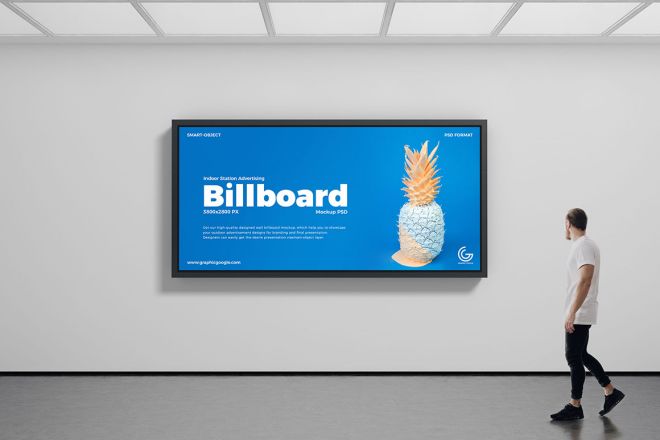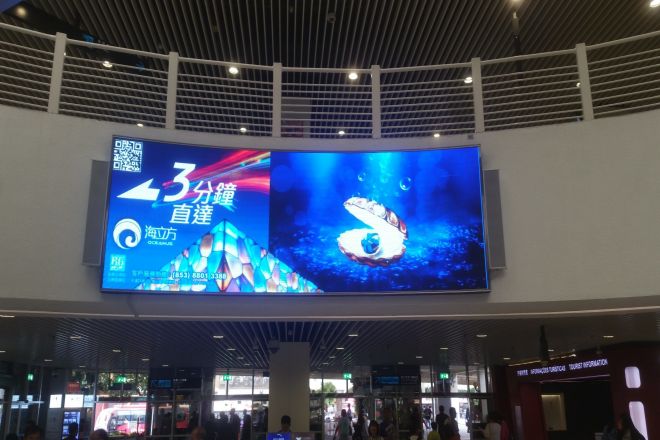소개

With the rapid advancement of science and technology and the increasing awareness of global environmental protection, low-carbon and sustainable development have become the common goals pursued by all walks of life.
As an important carrier of modern information display, LED 디스플레이 screens’ low-carbon and sustainable development are not only related to the economic benefits of the enterprise but also have a profound impact on environmental protection and social responsibility.
So, how can LED displays achieve low carbon and sustainable development? We look together.
1. Energy-efficient design
An efficient and energy-saving design, simply put, is to put a layer of “energy-saving armor” on the LED display screen. This layer of armor not only makes the display screen more beautiful when displaying various information but also makes it more “energy-saving.” Eat frugally” and consume less energy, thus being more environmentally friendly. So, how is this layer of “energy-saving armor” made?
First, let’s talk about the “heart” of this armor—the low-power LED chip. It’s like replacing the display with a more efficient “engine” so that every time it emits a beam of light, it consumes less power.
A traditional LED chip may emit light while part of the power becomes useless heat, but a low-power LED chip is like a “cost-conscious” housekeeper, which can maximize every ounce of power. Function: reducing the waste of electricity.
Next, we want to talk about power management. This is like the electrical circuit system in your home becoming more “smart.” Not only does it know when to power the display, but it also knows how to do so more efficiently. Optimizing power management is like installing an “energy-saving butler” on the display screen.
It can monitor the power usage of the display screen in real-time and adjust the power supply strategy in a timely manner to avoid excessive power consumption. For example, when the display screen does not need to be highlighted temporarily, the power management system will intelligently reduce the power supply, thus ensuring the display effect and saving energy.
Finally, let’s talk about smart dimming technology. It’s like installing a pair of “smart eyes” on the display, allowing it to sense the brightness of the surrounding environment at any time. When the ambient light is bright, these “eyes” will tell the display: “The light is now very bright; you can make it a little darker.”
Therefore, the display will automatically adjust the brightness to maintain a comfortable viewing effect without disturbing the user. Waste of electricity. When the ambient light is dark, the display will automatically brighten to ensure that information is clearly visible.
In this way, smart dimming technology is like a considerate “brightness adjuster,” allowing the display to achieve the best display effect in any environment while saving power.
2. Long life design

The long-life design is like putting on a “durable coat” for the LED display, allowing it to run stably for a longer period of time and making maintenance easier. So, how is this “durable jacket” designed?
첫 번째, we selected high-quality “parts” for the display. Just like a good car requires high-quality engines and parts, LED displays also require high-quality LED chips, circuit boards, casings, and other components. These high-quality parts can ensure that the display screen can operate stably in various environments and is not prone to failure.
둘째, we pay special attention to the “heat dissipation ability” of the display. Imagine that we feel very hot when we wear too many clothes in the summer. In the same way, LEDs also generate heat when they work.
If the heat cannot be dissipated in time, the display will suffer a “heatstroke” and affect its lifespan. Therefore, we designed an effective heat dissipation structure for the display so that it can “breathe” to dissipate heat and keep it cool.
마지막으로, we also considered the “serviceability” of the display. If something goes wrong with a display, we want to be able to fix it quickly and easily rather than making repairs complicated and time-consuming. That’s why we’ve designed parts to be easily removed and replaced and provided clear repair instructions to make repairs easy and hassle-free.
3. Environmentally friendly materials application
In the production process of LED display screens, the application of environmentally friendly materials is a very critical step. You may ask, why use environmentally friendly materials? In fact, this is not only to protect our nature but also to make the display more durable and beautiful. So, what exactly are these environmentally friendly materials? How do they work?
First, let’s talk about environmentally friendly materials. Environmentally friendly materials are like a special gift we give to the earth. They can help us reduce environmental pollution. For example, bioplastics, doesn’t it sound amazing? It’s like plastic made from renewable resources like corn or sugar cane. Do you know?
After this plastic is used up, it can naturally decompose into a part of nature and will not cause pollution to our land and water sources. In this way, we don’t have to worry about harmful substances being produced when manufacturing the display.
Let’s talk about carbon fiber, which is also a great environmentally friendly material. Carbon fiber is like a “magic material” that is both light and strong. It can make the display stronger and more durable. Imagine that it is like putting on a “war suit” that is both lightweight and protective for the display screen so that the display screen is not easily damaged.
In addition to these, there are also environmentally friendly materials such as green concrete. Green concrete is not really made of concrete but uses more environmentally friendly materials to replace some of the raw materials in traditional concrete. This not only reduces carbon emissions but also improves the durability of the display.
Of course, just using environmentally friendly materials is not enough; we also need to optimize the production process to reduce carbon emissions. You may ask, what is the relationship between the production process and carbon emissions? In fact, traditional production processes may produce a lot of waste gas, wastewater, and solid waste, which will pollute the environment.
Therefore, we have adopted some more advanced and environmentally friendly production equipment and technologies to improve the production process.
For example, we use high-efficiency switching power supplies and LED chips. This is like replacing the display with a more power-saving “heart,” allowing it to reduce power consumption during operation, thereby reducing carbon emissions.
At the same time, we also optimized the PCB circuit board circuit design to make the current transmission smoother and reduce circuit losses. This is like laying a smoother “circuit” for the display so that it can work more efficiently.
In addition to this, we also use an energy-saving cooling system. Do you know? The display will generate a lot of heat when working. If the heat is not dissipated in time, it will not only affect its service life but also increase energy consumption. Therefore, we installed a “fan” on the display to allow it to dissipate heat faster and reduce energy consumption.
4. Recycling and recycling

Recycling and recycling play a pivotal role in the LED display industry, both out of careful consideration of environmental protection and to achieve effective use of resources. Next, we will delve into the two core aspects of LED display recycling and recycling: establishing a recycling system and promoting the secondhand market.
First of all, building an LED display recycling system is a key step to achieving resource recycling. With the widespread application of LED displays, the number of discarded displays is increasing day by day.
If these displays are not effectively recycled, they will not only become a heavy burden on the environment but also cause a waste of valuable resources. Therefore, it is particularly urgent to establish a sound and efficient recycling system.
This recycling system should be a closed-loop system, including collection, classification, processing, and reuse. The government, enterprises, and all sectors of society should work together to jointly promote the establishment and development of the recycling system by formulating relevant policies and providing financial support and technical guidance.
In the collection process, we can ensure that discarded LED displays can be recycled quickly and easily by setting up special recycling sites and cooperating with garbage disposal agencies.
At the same time, it is also crucial to strengthen publicity and education and improve public awareness and participation in environmental protection.
In the classification process, classification according to the size, performance, and other characteristics of the display screen will help the subsequent processing work go smoothly.
The processing and reuse process involves cleaning, testing, and repairing the disassembled components so that they can be reused in new displays or other products. This not only reduces the consumption of new materials but also reduces energy consumption and emissions during production.
Secondly, promoting the secondhand market of LED displays is also an effective way to realize resource recycling and extend the service life of products. The secondhand market has opened up more options for those who need a display but are on a tight budget while also finding new homes for discarded displays.
Transactions in the secondhand market can not only reduce the production needs of new products, reduce resource consumption and environmental pollution, but also provide consumers with more economical purchasing options.
In order to promote the secondhand market, we can take a series of measures. For example, online and offline trading platforms can be established to provide convenient buying and selling services to facilitate consumers’ transactions.
At the same time, we will strengthen the quality inspection and certification of secondhand display screens to ensure the safety and reliability of the products so that consumers can buy and use them with confidence.
In addition, it is also very important to carry out publicity and education activities to increase public awareness and acceptance of the secondhand market.
결론
To sum up, the low-carbon and sustainable development of LED displays is a systematic project that requires careful consideration and optimization in all aspects, from design, production, and use to recycling.
마지막으로 LED 디스플레이에 대해 더 알고 싶으시다면, 우리에게 연락해주세요.
